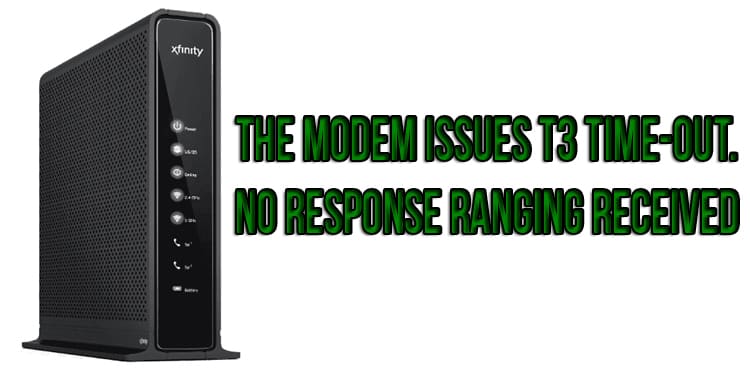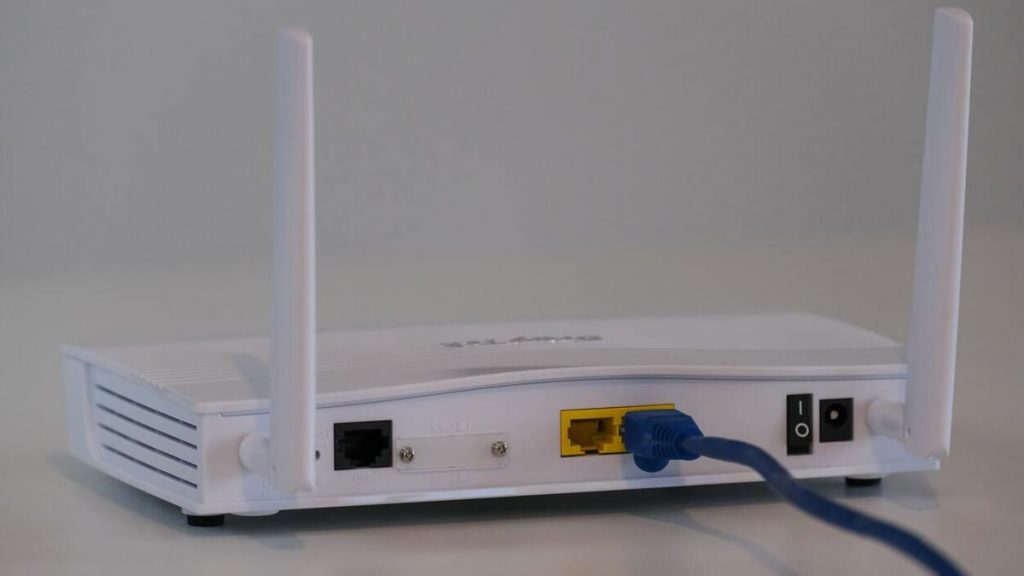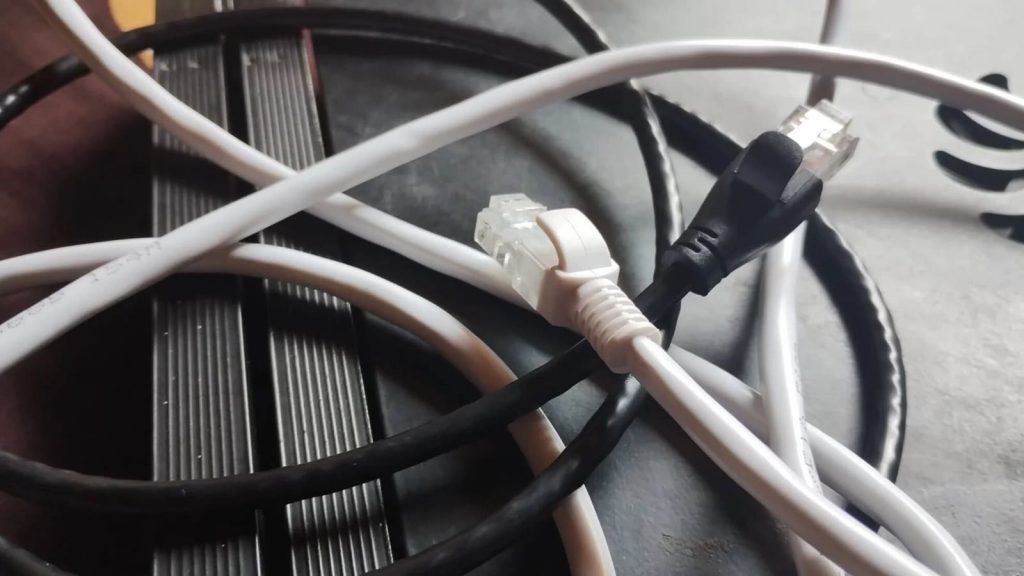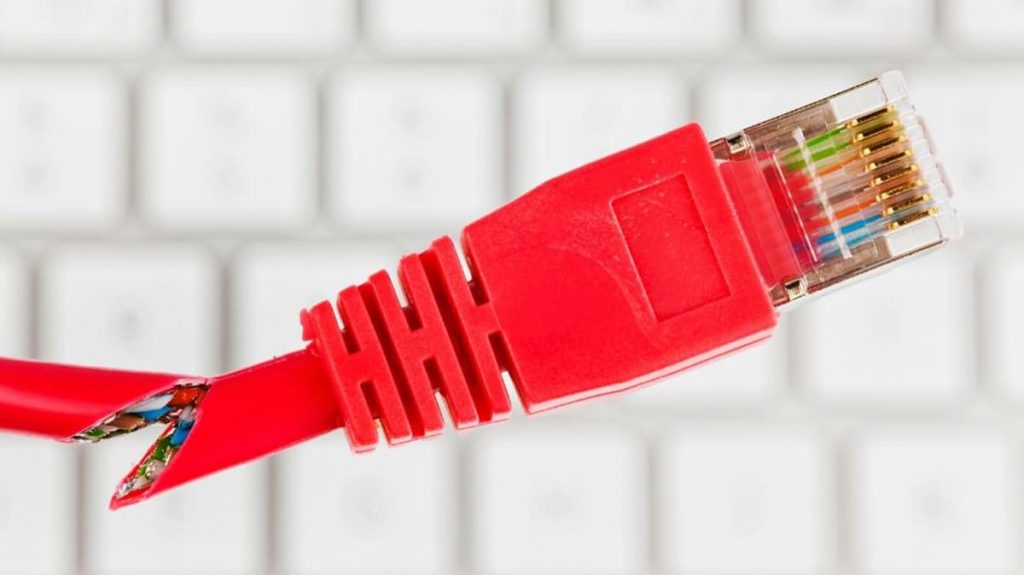If, during the use of a cable modem at home, a record pops up that there is no response to a range request – timeout t3, this indicates an error that there is a risk of encountering at any time without exception.
It’s just that your device constantly sends a message with the appropriate range requests to the system associated with the termination of the cable modem. The network provider is traditionally responsible for its management. This is necessary in order to ensure the connection is established. The CMTS engine provides a response as it sends the message back. If it does not, an appropriate error is generated and reported to the user.
It can be caused by cables that are damaged, insufficient modem power, poor quality network wiring, poor system configuration, and bad signals. You can help yourself in solving the issue under consideration by resetting the settings and replacing damaged wires.
If you understand what the matter is, it will not be difficult to solve the problem in a relatively short period of time. Below we will discuss the basic reasons for this state of affairs.
What is the reason for the lack of response and the timeout t3?
Upstream Noise
The cable modem has both an uplink and a downlink, each of which greatly simplifies the interconnection between the modem and the CMTS directly at the operator’s hub site. Through the ascending element, messages are sent in the direction from the modem to the network. In turn, messages are received on the downstream channel from the provider.
Absolutely any interference in practice entails the appearance of impulse noise within the uplink channel. Most often this is due to such things as poor grounding, broken equipment, or lack of connection density. Such noise entails a violation of data transmission, and then there is a risk of a corresponding error, which is what we are talking about.
By simply checking what state the uplink is in, it is not difficult to see if the noise level is a causal factor in errors. The user has the ability to control his network in terms of upward noise by performing a certain range of actions:
- launch your preferred browser from the connected device;
- entering the IP address in the corresponding line, and you can find it out in advance;
- display your own username and password;
- scrolling down to the section with the power of the stream and its SNR, we are talking about an upstream type of stream, it is necessary to determine the ratio between signal and noise;
- recording of the SNR parameter, here everything below 23.5 dB indicates the presence of noise fluctuations.
Usually, the noise makes itself felt directly from the cable type operator. If suddenly he was really noticed within the connection, you should immediately contact your own provider to mitigate this problem.
Poor network wiring
As noted earlier, the error in question can make itself felt when it is impossible to effectively communicate between the cable modem and the CMTS. The modem sends up to 16 requests to the provider for it to rank, and also displays an error that there is no answer if it really does not come.
Bad wiring can disrupt communication between your cable modem and your ISP. The modem will simply not establish a connection because no ranging requests were originally received within the CMTS.
In practice, correcting such an error is not difficult, all that needs to be done is to check the cables for incorrect connections and all kinds of wires that have been intertwined. You need to make sure that each of them is activated on the right port, and also untangle the wires in order to improve network performance.
Damaged or poor-quality cables
The use of non-standard or damaged cables is not widespread. This can also lead to various errors, symbolizing that there is no response to the range request, and the waiting time is too high.
Coaxial cables used to connect to a network include several small wires that transmit information in the form of currents. If any of these elements are damaged due to wear or oxidation, the continuous data transfer procedure will be damaged.
Wires can be in a terrible state, which will definitely create obstacles for the effective transfer of information directly between the modem and the provider. Trying to repair cables that have worn out is useless.
The easiest way to deal with the problem is to simply replace it. High-quality cables, of course, can have a higher cost, but they have an optimal ratio between price and quality. The fact is that they are characterized by a long service life and are ideal for efficient data transfer.
Modem failure
Connectivity to the cable is determined by how capable the model is of sending distance queries within the CMTS. This cannot happen if you use a modem that is faulty.
If you have an older modem, you should consider updating the firmware to the latest version of the software. If the modem is faulty, you can try to fix it, but you won’t get a reliable solution. It is best to make a complete replacement.
Invalid configuration
After purchasing a new device, you can try to set it up to form a home-type network. In the lion’s share of situations, the modem is delivered with programmed account information, which makes the setup procedure much easier.
You need to call the network provider to confirm that the error is not communicating with the headend. Configuration-related settings within the control center can be erroneous, resulting in timeouts.
Low signal
The user in this case also runs the risk of receiving an error message directly from the provider. The modem will simply not be able to send range requests to the CMTS, and the response will not be received properly.
The modem will automatically reboot after 16 attempts to send request messages. The cycle will restart. If there is no response, the user will receive a corresponding message.
Be sure to make sure that the firmware has been updated directly to the latest version. If the problem is electromagnetic interference, remove other devices nearby.
An important role is played by tracking the number of users, as well as devices with which the network is activated.
Service plan failures
Sometimes an error message is received if the service is deactivated in the territory of a particular region. Moreover, there is often no advance notice of this. There is no direct solution to the problem, you just need to wait for the connection to be restored. If failures occur frequently, consider switching to a different network.
Ambient conditions
The reason may be hail and heavy rain. Nothing can be done about it, you just have to wait until everything stabilizes.





